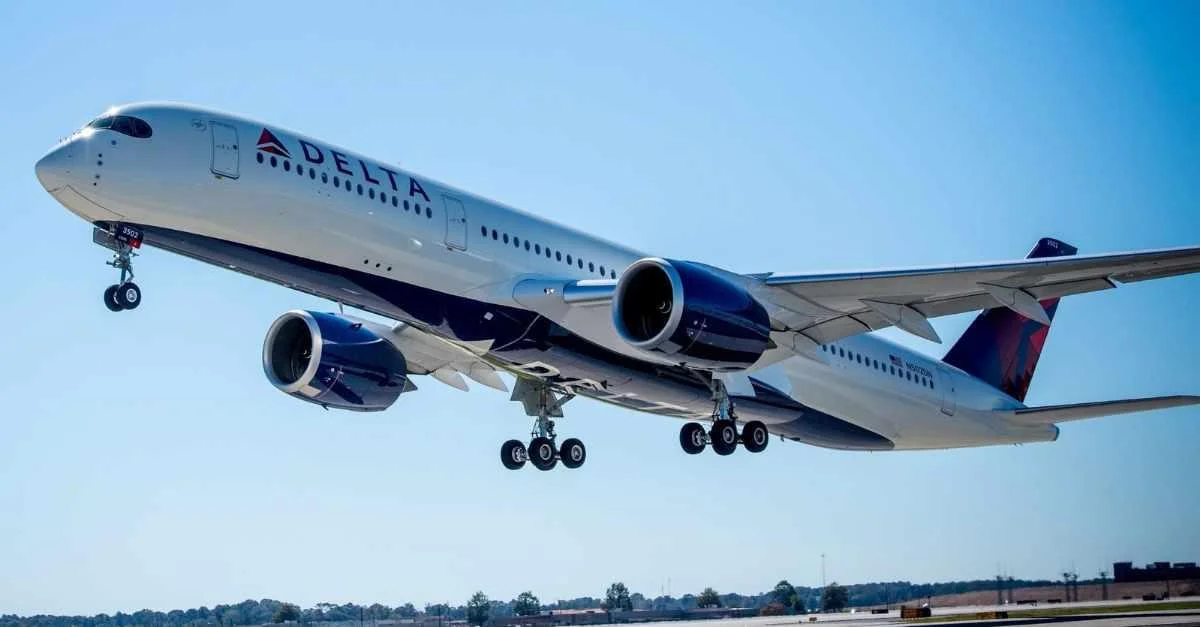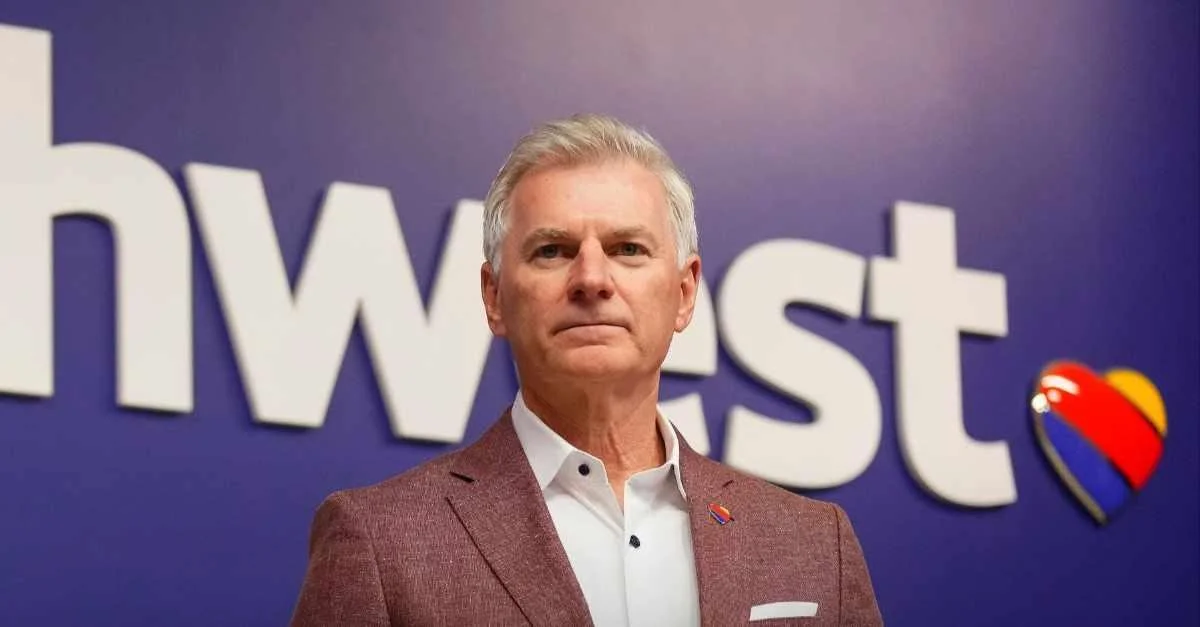The high cost of private jet engines can be attributed to several key factors, such as engineering complexity, the use of advanced materials like nickel-based superalloys, meticulous manufacturing, and safety testing requirements. The limited production volume of private jet engines compared to commercial airlines further inflates costs, lacking the benefit of economies of scale.
The Aviation for Aviators report states, “small turbofan engines, used in heavy business jets such as the Gulfstream G650, fall into the price bracket of $1.5 to $3.5 million each.” Meanwhile, aircraft such as Boeing BBJ 737 or Airbus ACJ equipped with commercial-class engines like the Rolls-Royce Trent or CFM56, can cost ten to twenty million dollars per engine.
Executive Flyers adds, “the price range for a private jet engine begins at $750,000 and can reach several millions of dollars,” reflecting the substantial financial commitment required even for the most affordable models.
The manufacturer also plays a significant role in engine pricing. Companies like Pratt & Whitney, GE, and Rolls-Royce demand a premium for their products, justified by their performance and brand heritage. Rolls-Royce's BR725 in the Gulfstream G650 and General Electric’s CF34 series are highlighted as examples of costly but advanced and reliable engines.
Engines like the CFM56 by CFM International, a GE and Safran joint venture, illustrate partnerships' role in influencing cost. These engines power single-aisle airliners and command substantial prices when adapted for VIP use in private aircraft.
Owning a private jet engine includes not just the initial acquisition cost but also ongoing maintenance and overhaul expenditures that can be as high as the original price. AvBuyer notes, “a decision to overhaul a business jet’s engine completely will require hundreds of thousands of dollars’ worth of MRO work.” Maintenance programs and hourly maintenance plans like Pratt & Whitney's recommendations provide some mitigation by spreading or calculating costs more predictably.
Looking forward, prices are expected to remain high or even increase as engine manufacturers continue investing in new technologies to enhance performance and reduce emissions. Initiatives like CFM's RISE program and Rolls-Royce's Pearl series reflect ongoing developments in the sector.
Despite steep costs, market conditions such as new entrants providing competition, and options in aftermarket parts or pre-owned engines, may offer some relief. Ultimately, from small executive jets to large VIP airliners, engine costs remain a cornerstone of private aviation expenses.
 Alerts Sign-up
Alerts Sign-up









